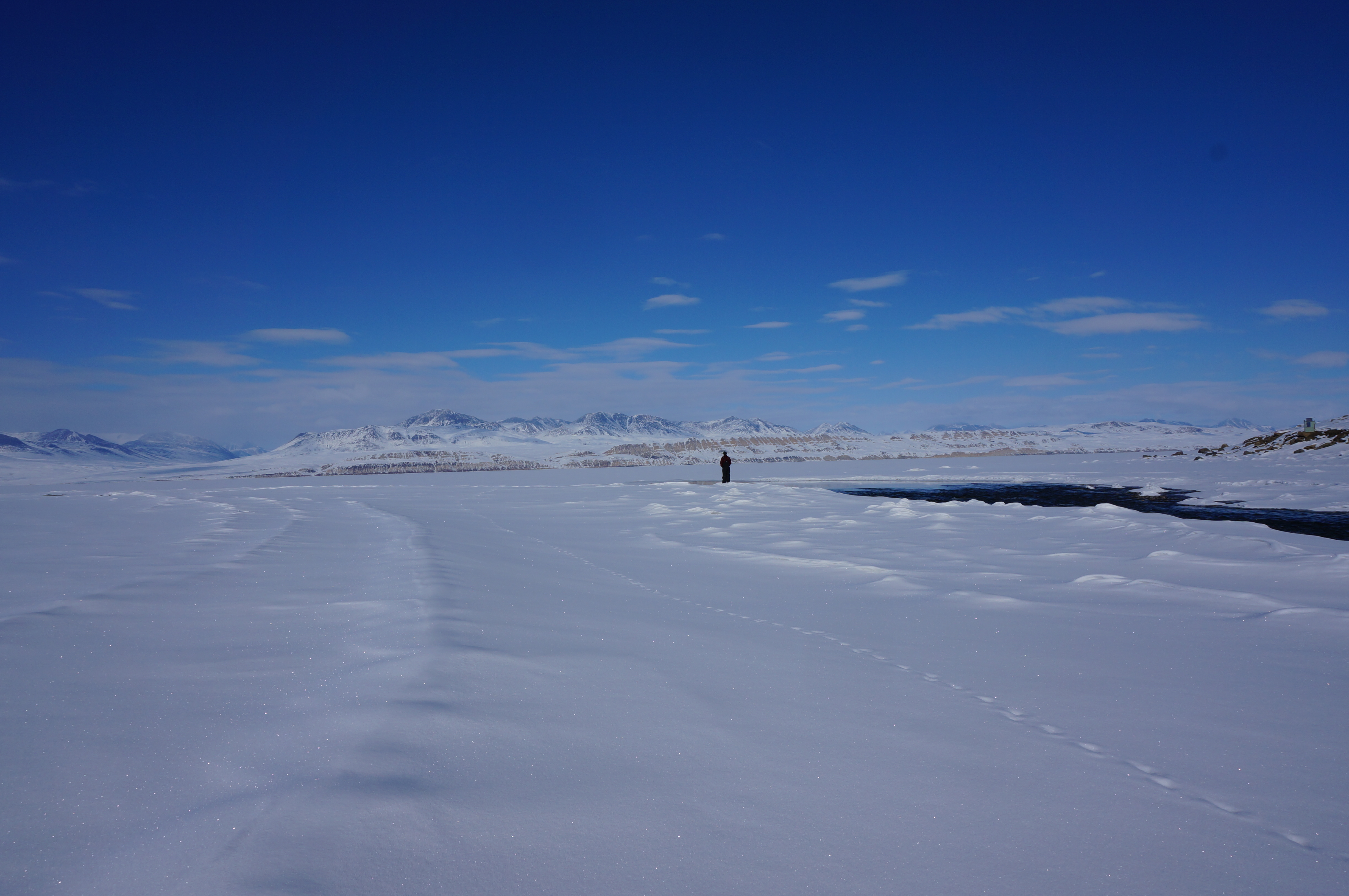News release
From:
Viral spillover risk increases with climate change in High Arctic lake sediments
Proceedings of the Royal Society B: Biological Sciences
As both climate change and pandemics are reshaping the world we live in, understanding how these two processes interact has become critical. For this, we focused on a High Arctic lake, where global warming is amplified, and sequenced all the genetic material present in this environment. Resorting to a comparative analysis, we show that the risk of viral spillover increases with runoff from glacier melt -- a proxy for the effect of climate change. Should climate change also shift species range of potential viral vectors and reservoirs northwards, the High Arctic could become fertile ground for emerging pandemics.
Multimedia







 International
International



